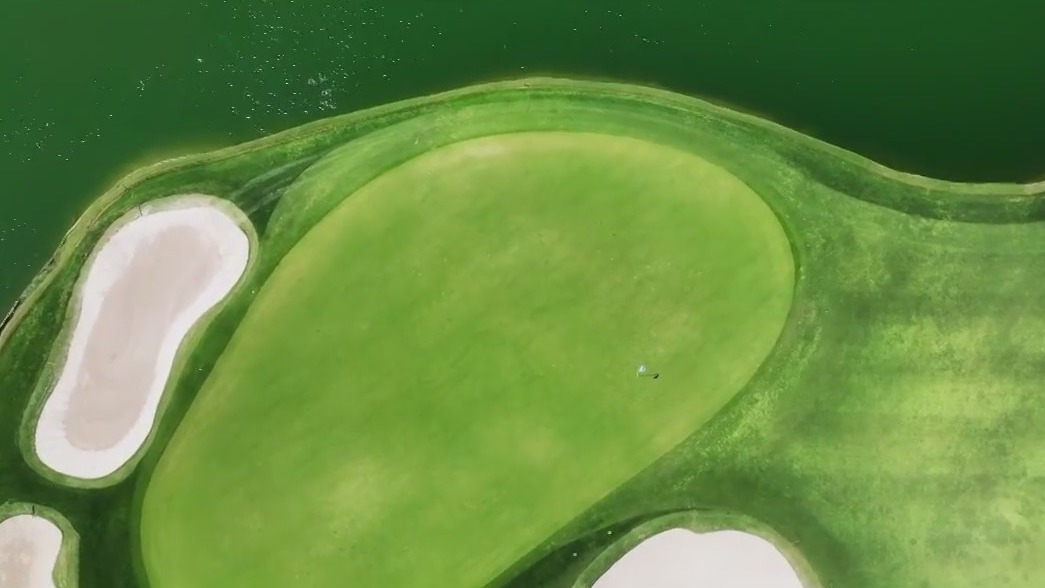Grayhawk Golf Club in Scottsdale works with Arizona drought conditions, not against them
Tune in to FOX 10 Phoenix for the latest news:
Arizona is a golf hot spot, but something that might be harder to justify during a mega drought.
We're taking a first-hand look at how one of Arizona's premier golf courses is trying to save water while still watering the grass.
With a slight breeze at Grayhawk in Scottsdale, experts say that change matters, because believe it or not, even something that minor will impact how much water these fairways get.
This grass is Ernie Pock's baby at the Grayhawk Golf Club. The work every morning inside an office with computer tracking every single sprinkler on the course.
"Weather station is right over there," he says, arriving to a weather station at the club that tracks rain. "Water drips through it. It goes tick and just records."
It tracks minor breezes, too.
"Just this little breeze all day long, how much it changes irrigation, it might be 1 to 2 minutes a day," Pock said.
Crews go by the greens and use sticks to measure wetness, and salinity to make sure no part of the green is getting too much water. It’s vitally important to save water for conservation, but also just the bottom line.
Featured
A year of Arizona's wet weather made a big dent in drought conditions – but how much?
You might've guessed it. With a wet monsoon and a snowy, cold winter, Arizona's short-term drought from last summer has improved drastically. But are we out of the woods? FOX 10 Meteorologist Krystal Ortiz answers the questions you might have.
"Here at Grayhawk, it costs us a million dollars a year for water," Pock said, trying to save every drop.
A recent report from the Arizona Alliance for Golf found courses use 2% of the state's water.
Golf has come under attack for water usage in recent years with reports that many courses use more water than they should. Some experts have said courses should use more desert landscape, less grass, and use recycled water.
Ernie says they do use non-potable reverse osmosis treated water, and have less green acreage than they’re allowed.
They track everything.
"Relative humidity, wind speed, solar radiation, wind direction," he said.
Not every course has these resources, and many use groundwater.
As the mega drought continues, Arizona’s golf courses will have to work with conservationists to keep the greens, green.
Water conservation on these courses started in 1984, so the technology, they believe, will only get better and that means more conservation.



